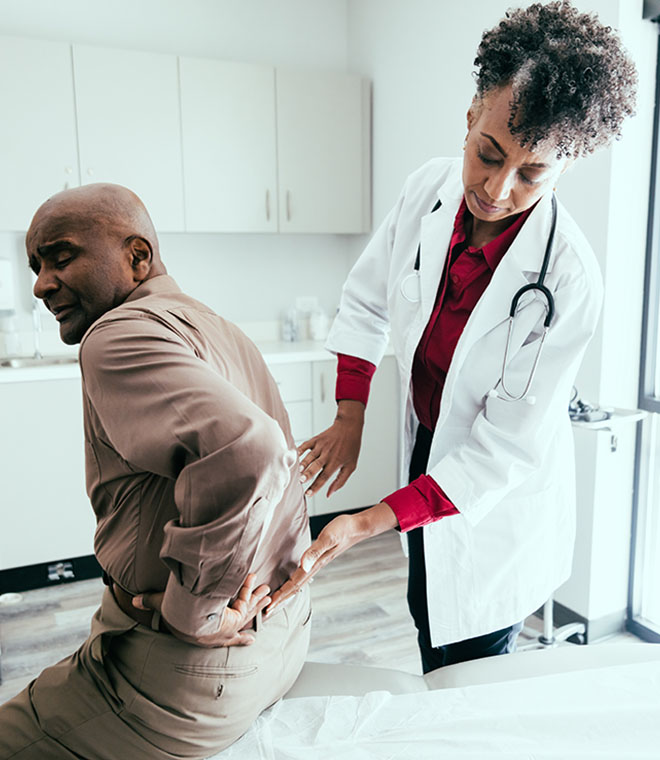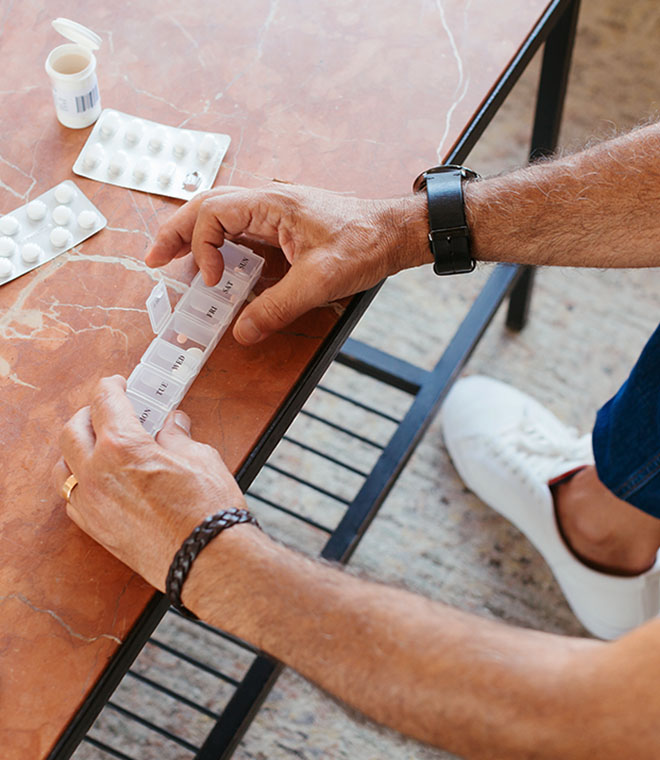Health
Leg pain : Causes, treatment and prevention
By Jean Cherry, RN, MBA Jun 24, 2022 • 3 min
Do you have sore knees or knee pain when walking?
Do you have sore ankles, especially ankle joint pain or ankle bone pain? Did you know that general pain affects more Americans than diabetes, heart disease and cancer combined? It’s why many Americans access the healthcare system, and it’s a major contributor to healthcare costs. The National Center for Health Statistics reports that approximately 1 in every 5 Americans suffer from pain that lasts longer than 24 hours, and many others suffer from acute pain. Leg pain is a common type of pain affecting many Americans.
What is leg pain?
Leg pain can range from an occasional ache to a persistent, sharp, stabbing pain affecting the whole leg or a specific area, like the knee or ankle. Most leg discomfort doesn’t last long and results from a minor injury or overuse, but it could also be a sign of a more serious problem. You may experience knee joint pain with swelling and pain when walking or sore ankles with ankle bone or joint pain.
Ask yourself these questions to define the leg pain:
- Where is your pain located?
- What is the intensity of your pain on a scale from 0–10, with 10 being the worst in your life?
- How long does your pain last? Is it occasional or constant?
- Is your pain just annoying, or is it affecting your ability to walk or bear weight?
- Do you have leg, ankle or knee pain and swelling?
- Is there a clear reason for your severe leg pain?
- Do you have a fever, redness or a breathing problem along with the leg pain?
Causes of leg, knee and ankle pain
There are various causes of leg pain. A common reason is injury or overuse of joints, tissue, tendon, ligament, muscle and bone. People of all ages can experience leg pain caused by sprains, strains or fractures. These injuries can occur from children playing sports. Seniors can also experience these issues due to limited agility as they grow older. Joint pain may also occur from arthritis, bursitis and anterior cruciate ligament (ACL) tears. An infection can cause bone pain with symptoms of redness, swelling and pain.
Another reason for leg pain is poor circulation caused by blood clots, varicose veins or peripheral artery disease. Deep vein thrombosis (DVT) can occur when a blood clot forms in a lower leg vein after sitting for long periods. Symptoms include leg swelling, redness and cramping, although many people do not have any symptoms. Varicose veins are enlarged veins with incompetent valves that can be painful and swollen, often in the ankles and calves. Neuropathy, or damage to the nerves in your feet and lower legs, is painful and is associated with diabetes.
Treatments for leg pain
Most leg cramps and minor injuries to the knee or ankle are due to overuse, and they can be managed at home. During the first several days, use the R.I.C.E. approach.
- R is for rest
- I is for icing at least two to three times a day for 15 minutes each
- C is for compression with an elastic bandage to help stop swelling, while being careful not to wrap it too tightly
- E is for elevation above heart level to decrease the swelling
Leg pain and knee joint pain treatment include pain relievers such as ibuprofen (Advil) and naproxen sodium (Aleve).
For more serious leg pain, you may require help from a healthcare provider or a trip to the emergency department. Here are some questions to determine if you need medical assistance:
- Do you have a leg injury where there is a deep cut or exposed bone or ligaments?
- Are you able to walk and put weight on your leg?
- Was there a popping or grinding sound when your leg was injured?
- Has your leg pain become worse or continued for several days?
- Are you experiencing a fever or difficulty breathing?
- Is your leg red and hot, or pale and cool to touch?
Get help if you answered “yes” to any of these questions.
Preventive measures for leg pain
In some cases, taking preventive measures can reduce the risk of leg pain. Strive to get the recommended amount of exercise, which is 30 minutes a day, five days a week, in addition to stretching muscles before and after exercise. You can benefit from not smoking and limiting alcohol consumption to one drink for women and two drinks for men per day. Monitor your cholesterol and blood pressure by working with your healthcare provider to keep your numbers within normal limits. It is also helpful to reach and maintain a healthy weight.
Updated September 2021.



